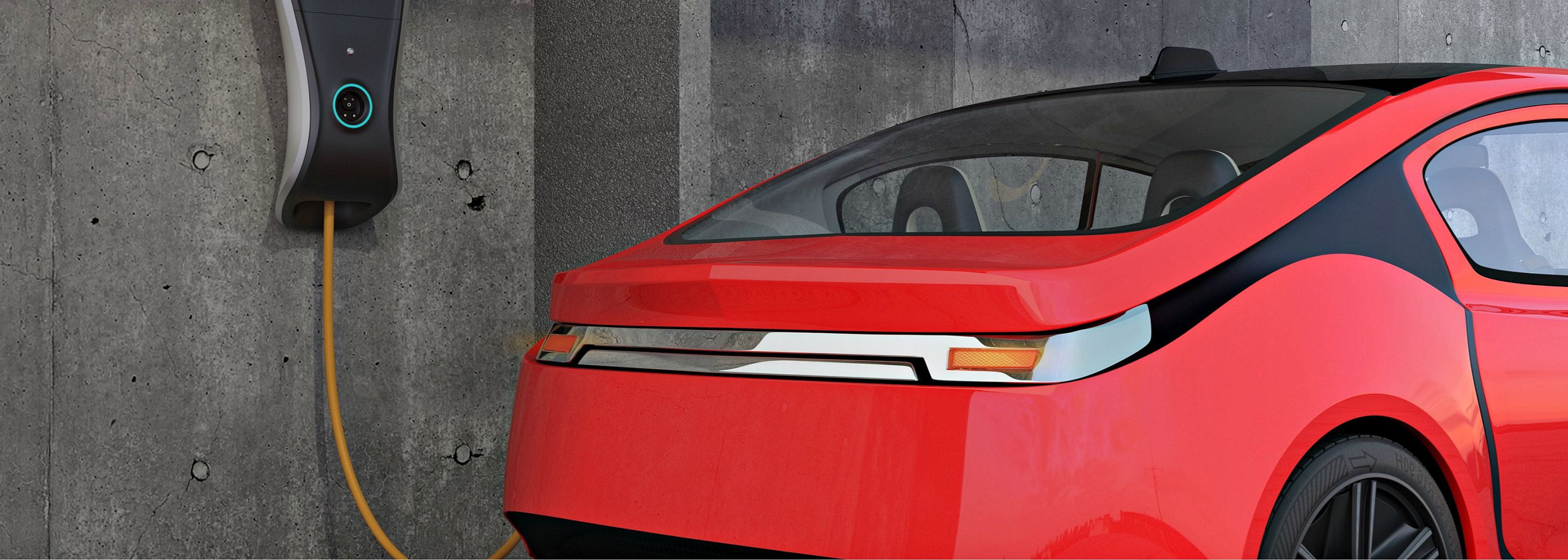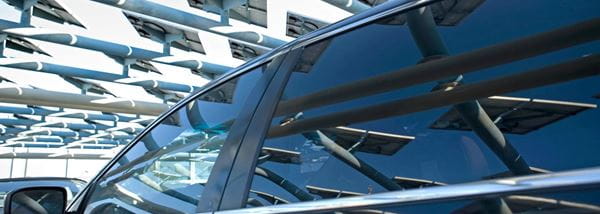
Autonomous driving and fleet
Below you will find 5 queries and answers about the present and the future of stand-alone cars. Read more in the article!
Autonomous driving technologies are developing fast. But, despite the buzz around the potential impact of self-driving options, aspects such as timing, uptake and penetration remain hard to predict.
The new technologies that make autonomous driving possible also bring with them possibilities for completely new mobility models and services. In addition, developments based on networks, sensors, mobile communication, real-time information, and new levels of connectivity are changing our view on mobility. It is expected that autonomous vehicles (AVs) will open up the way for on-demand driving solutions: a car when and where it is needed.
But, the big question that is begging for an answer is how and in what measure these disruptive technologies could impact fleet.
5 essential (unanswered) questions regarding AVs and fleet
- 1.Will sharing AVs be sufficient to offset the higher costs? Autonomous vehicles will, certainly in the initial stages, have higher acquisition costs. This could drive up the total vehicle costs, as expected savings on fuel and damages will be insufficient to offset the higher acquisition costs.
- 2.Will companies still need a fleet or simply pay for usage and other forms of mobility? Most likely, conventional fleet models will remain and the autonomous car will be available as a feasible alternative for certain driver groups such as the perk drivers.
- 3.What about the residual value of a self-driving car? Today’s vehicles still have a significant residual value at three to four years, as there is a high demand for used vehicles in the consumer market. But what will be the residual value of AVs, especially in the light of possible shifting ownership models? An answer to this question can only be answered once AVs enter the pioneering stage.
- 4.Will regulations be adopted in favour of autonomous driving or will it inhibit adoption of autonomous driving? It is expected that self-driving cars will start filling our streets only slowly and roads will not be accident free. Many questions regarding liability and regulations still need to be answered.
- 5.What kind of infrastructure will be developed for autonomous cars? Will the current infrastructure be sufficient or will AVs require a dedicated road structure with ditto traffic lights, petrol stations and services?
Partial autonomy – helping you prepare for the future
The first pilots with self-driving cars – by both the traditional car manufacturers as well as new, disruptive hi-tech industry players – have been successful. And now we are seeing some ambitious local governments opening up the public infrastructure for testing new mobility options, whilst OEMs continue to include more autonomous features in their cars.
While it is expected to be some time yet before fully autonomous vehicles fill the roads, transportation and mobility innovations and ADAS developments that are already available, are helping companies adapt to new realities. In fact, new technologies can only be embraced by fleets, as they offer optimised driving (and lower TCO) and driver safety. What’s more, the steady integration of autonomy in driving, gives companies time to prepare for the disruption that is set to happen regarding costs, ownership, mobility, fleet financing and business opportunities. But despite the disruption, it is expected that fleet structures will remain, with AVs available as a feasible alternative for certain driver groups.





